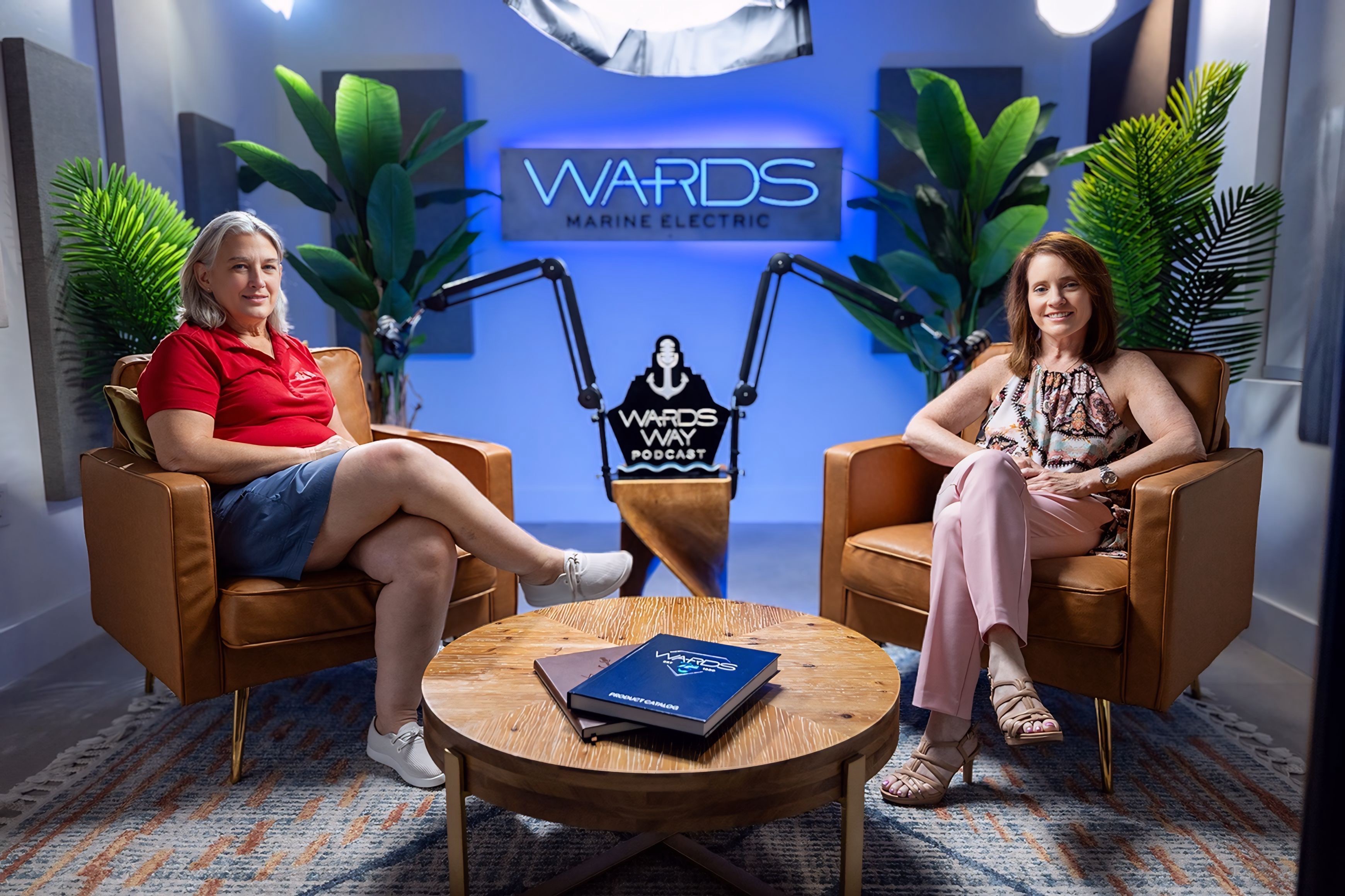
Passports, Puppies, and Port Entries: A Yacht Agent's Guide
Understanding the intricacies of immigration requirements for yacht crews is critical for smooth operations in U.S. waters. Debora Radtke, President and Owner of American Yacht Agents, recently shared valuable insights on navigating the often misunderstood world of B-1/B2 visas for foreign yacht crew, highlighting that while regulations haven't substantially changed in years, enforcement has become more stringent.
The fundamental premise remains consistent: B-1 visas are the appropriate classification for yacht crew entering the United States. As Radtke explains, "The B visa has two sides to it. It has the business side, which is the B-1, and it's got the tourism side, which is the B-2." For crew members, the B-1 is essential because it designates the visitor's purpose as business rather than tourism, allowing them to work aboard vessels while in U.S. waters. This distinction is clearly outlined in the Foreign Affairs Manual, which guides consular officers in determining appropriate visa status.
One of the primary challenges facing crew members isn't the regulations themselves but rather misinformation about how they apply. Many crew members approach immigration with the misconception that rules are flexible or don't apply to their specific situation. As Radtke emphasizes, "Learn what the rules are and follow the rules." This straightforward advice can prevent serious complications with Customs and Border Protection (CBP) officers.
When applying for a B-1 visa, crew members must demonstrate they don't intend to immigrate to the United States. This requires providing evidence of strong ties to their home country, such as property ownership, family connections, or financial accounts. The consular officer's directive is to assume applicants intend to immigrate unless proven otherwise. Additionally, crew members must provide documentation demonstrating their employment on a vessel, including contracts and professional credentials.
The maritime industry faces broader challenges beyond visa issues. Radtke noted the significant shortage of U.S. citizen mariners, with estimates between 14,000 and 25,000 licensed mariners needed to meet the demands of the U.S. Merchant Marine Fleet. This shortage underscores the importance of foreign crew members and the need for streamlined but secure immigration processes. Maritime academies and industry stakeholders are working to address this gap by promoting maritime careers, but the shortage remains critical.
For vessels themselves, documentation requirements vary based on size and registry. Foreign-flagged vessels over 300 gross tons must obtain a Certificate of Financial Responsibility for Water Pollution (COFR), while those over 400 gross tons require a Non-Tank Vessel Response Plan (NTVRP). These documents must be secured at least 21 days before arrival, as part of the mandatory 96-hour Notice of Arrival filing. Failure to have proper documentation results in denied entry or potentially significant penalties.
The maritime industry in South Florida represents a vital economic engine, and CBP recognizes this importance. Despite occasional challenges, Radtke emphasizes that CBP officers are generally supportive of the industry, understanding its economic significance. The key to positive interactions is preparation, respect, and understanding the regulations. As she notes, "90-95% of the officers that I come in contact with are polite, they're friendly.
Listen to the full conversation between host Kristina Hebert and special guest Debora Radtke in Season 3, Episode 7 of the Wards Way podcast on your favorite streaming platform.

